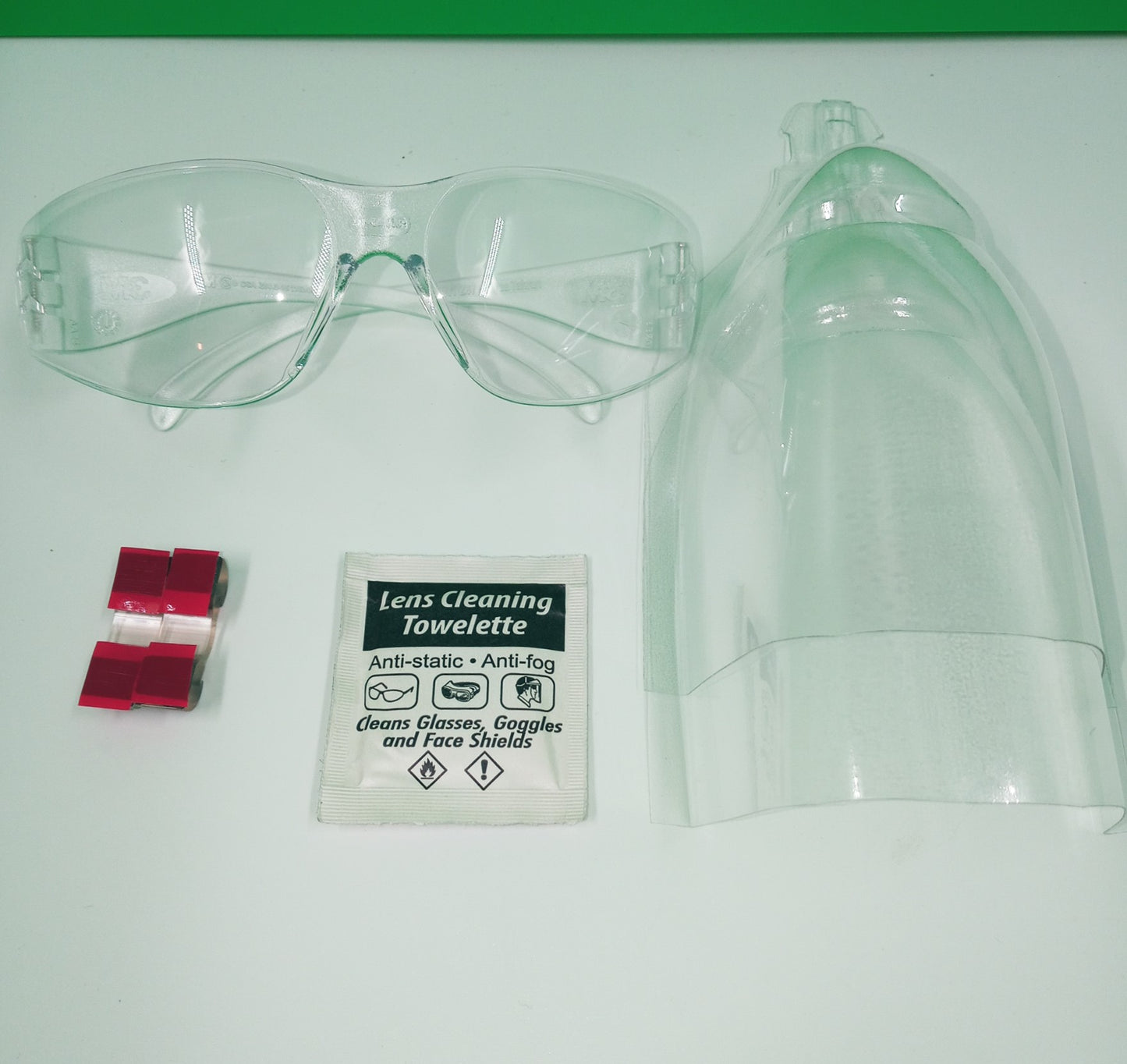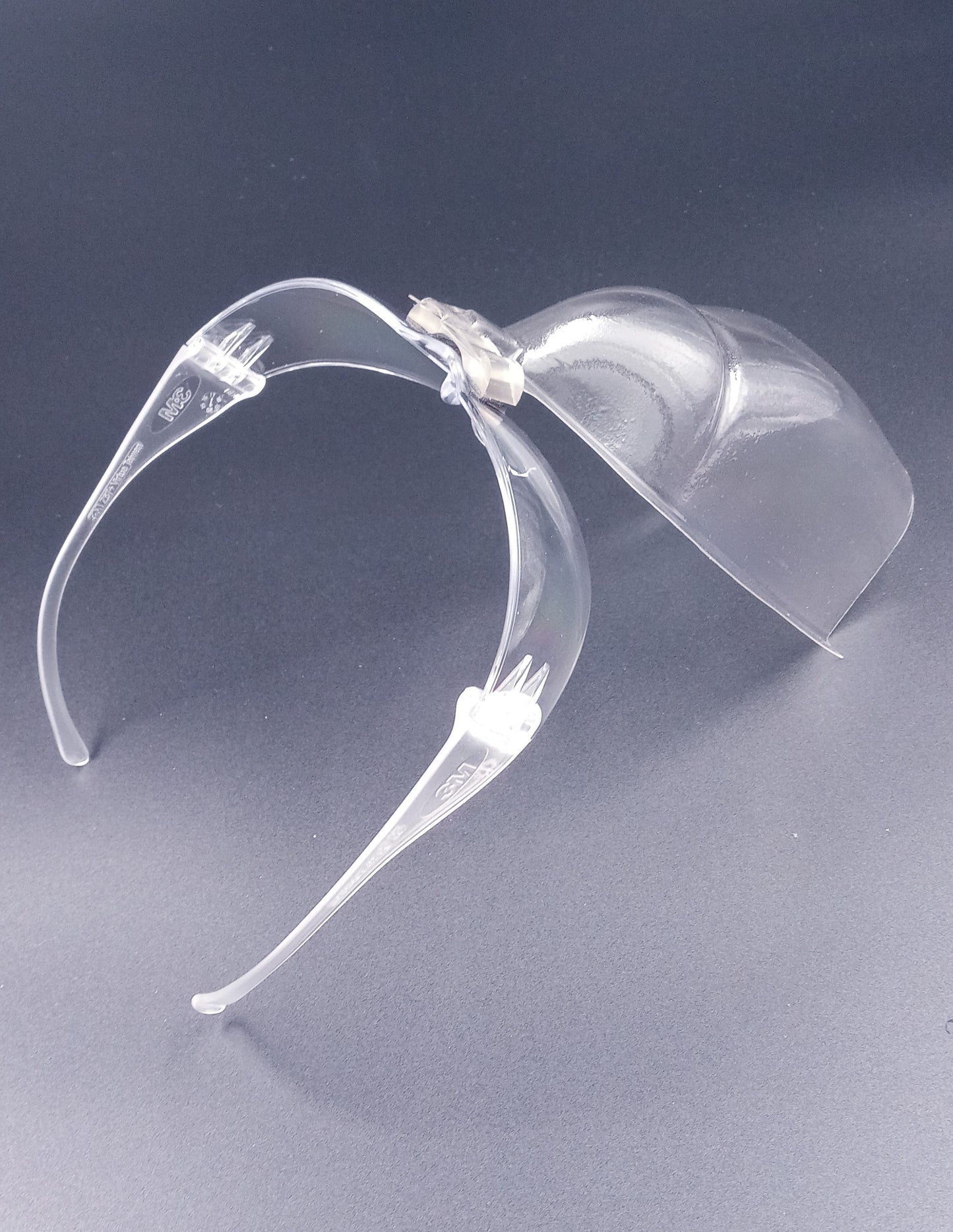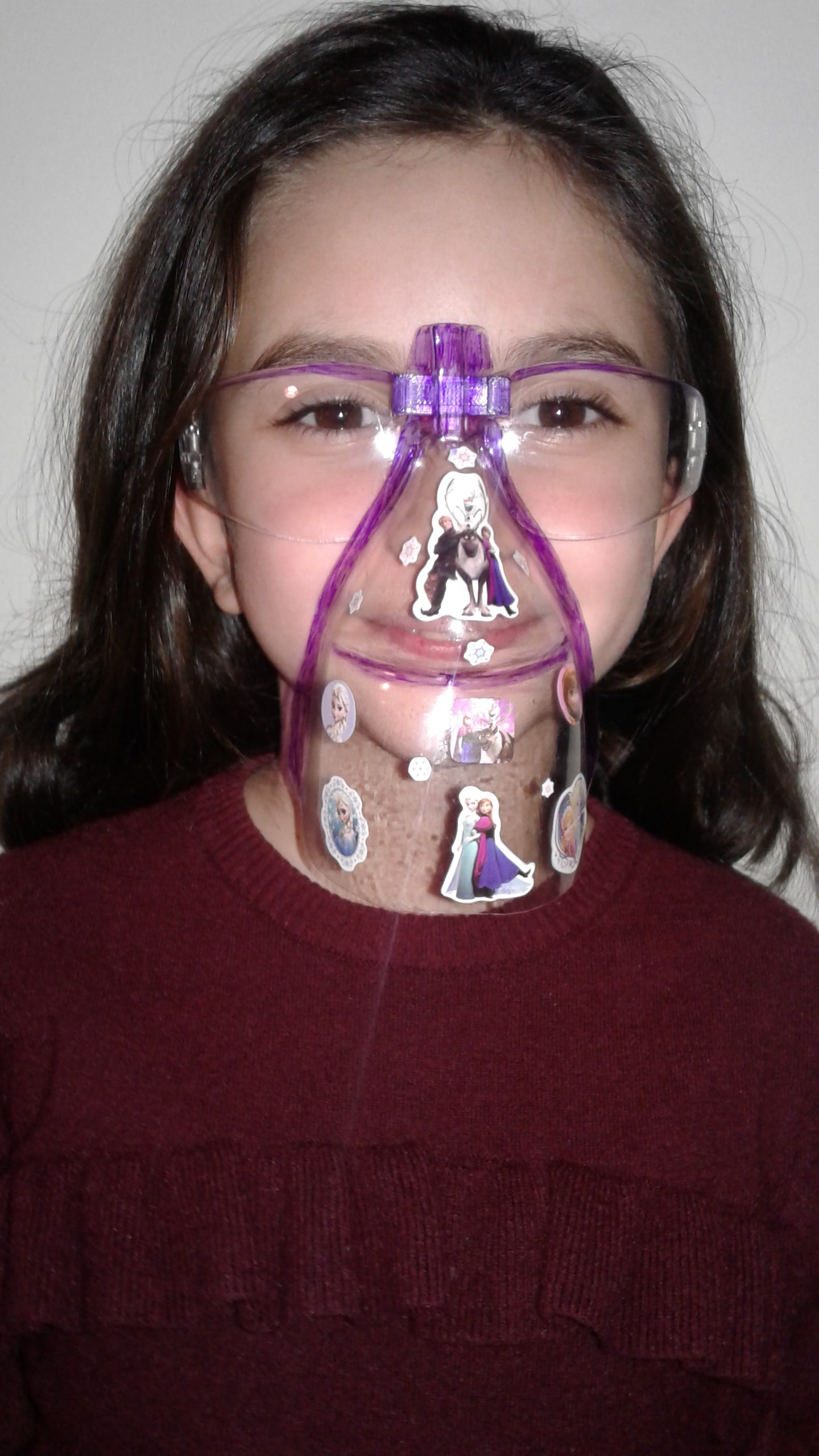My Store
Facial Barrier/Barriere Faciale
Facial Barrier/Barriere Faciale
Couldn't load pickup availability
For more information
When breathing, inhaled air comes from the area near the face. When exhaling the air has momentum and is projected outward and when coughing and sneezing, the air propels particles further.
Both, masks or shields will drasticallt reduce this action.
Both block larger particles. However, shields hold these particles away from the face, whereas the mask by its need to be tight to the face or additionally manhandled, particles more readily make facial contact.
On a mask or shield. these larger particles dry, potentially becoming aerosol sized and released to become airborn, hence there is the potential when more is captured, more is released .
. This shield directs one’s exhale downwards pushing the majority od particles away from the shared envelope, where masks discharge either through the filter or around through the gaps along the face with little momentum into the envelope around the face. N95’s in particular require a substantial seal. Note, even a poor shave can render them substantially ineffective.
A normal breath creates a resistance of a couple kpa through the nasal passages. A mask at similar volumes reaches several times the kpa across the filter media.
When social distancing, the larger particles have either fallen to the ground or dried out before reaching the next person, leaving your mask or barrier to deal with the aerosols.
Comparison
A face shield permits nominally100% of the aerosols to pass during inhalation.
A simple mask permits 80 – 85 %
In the lungs, a large percentage never make contact.
A assume a large number is exhausted as seen when a smoker exhales, only now these particles are enrobed in moisture and far more readily collected.
When exhaled the shield collects moisture on the inner surface away from the face or diverted away.
The face mask captures more of the larger particles. As mentioned earlier in a dry mask, these particles dry out. “Reverse flow”, an industrial method to clean air filters will release these smaller particles and are re-inhaled, potentially becoming somewhat of a closed loop ever increasing the number of inhaled particles.
Given the above perspective with aerosols using a mask efficiency of 15%, 85% passing into the lungs with 90% not retained, and a 35% exhale mask efficiency, at only a 10% release with each backflush, within minutes, the accumulated particles being inhaled. potentially exceeding the numbers if no covering were worn.
NIOSH Aerosol Penetration Through Surgical Masks.
“Neither surgical mask can effectively remove sub-micrometer sized aerosol particles such as aerosolized bloodborne pathogens.”











